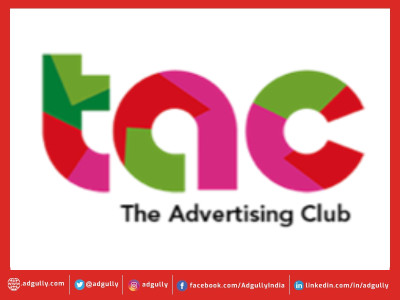Practical Tips for Driving B2B Revenue with Performance Marketing
Authored by Amit Thakkar, Founder & CEO, Blufig
Performance marketing is an incredibly essential tool for B2B companies aiming to drive growth and revenue. When innovative marketing ideas and gigs go wrong, performance marketing emerges as the knight in shining armor. It eliminates elements of doubt for organizations when running a paid marketing campaign or outsourcing their marketing requirements to third parties. In recent times, the adoption of performance marketing has increased rapidly with more than 80 percent of marketers allocating at least some portion of their ad budgets to search, social, display, and remarketing ads. The reasons are quite obvious. To begin with, for every USD 1 spent on performance marketing, an enterprise earns USD 2.
What is Performance Marketing?
Performance marketing can be defined as marketing programs and activities for which an organization only pays advertisers and marketing companies when a specific action is completed. This ‘action’ can be anything - from clicks to sales. The most common type of performance marketing includes PPC advertising. Other examples are affiliate marketing, sponsored content, native advertising, and more. A typical performance marketing cycle has the following stages -
- Marketers and advertisers spend money on ads
- The ads generate an action, such as a sale
- The sales generate revenue
- Marketers and advertisers re-invest back into ads
- The re-investing mechanism provides sustainable and compounding gains
Long story short, performance marketing makes it easy for brands and marketers to gauge what is working and what is enabling them to mitigate their marketing budgets while accruing good ROI.
Variables of Performance Marketing in B2B
The execution and materialization of performance marketing in the B2B space are successful when four variables are taken into account. These include -
- Demand
Performance marketing can plateau fast if product or market expansion does not happen. This makes it very challenging to move prospects closer to the buying phase. Thus, there must be in-market demand for the product or service that is sold through performance marketing. Without product demand, you might need to tweak or juggle your KPIs.
- Pain Point Awareness
Consumers have a pain point for which they are actively seeking a solution. The messaging of a paid marketing campaign must drive awareness of the narrative as a potential solution to the pain point.
- Value Proposition Awareness
The third variable that is crucial for the success of a B2B performance marketing campaign is value proposition awareness. Buyers understand the solution’s broad value proposition, and you must also drive this awareness.
- Messaging
Last but not least, wrong or haphazard messaging is one of the main reasons why so many B2B brands are stuck in limbo - operating and functioning but not reaching anywhere. Thus, B2B marketing teams must take into account strategic messaging that works and is verified through in-depth experiments and trials.
- Understanding Hypothesis-built Distribution Method
Many enterprises are unsure and indecisive about how they will grow. This capriciousness becomes a challenge in marketing, too. So, before delving into any performance marketing campaign, it is crucial to position yourself in a lane with laser-sharp precision. You can start by devising a proven growth hypothesis that helps your team understand and acquire knowledge about the most impactful marketing efforts.
The simple formula of the growth hypothesis is -
Buyer experience + core values + company DNA = growth hypothesis
- Understand the Distribution Method
Performance marketing at its core is a distribution method. It is one of the five primary ways by which your company can drive growth. The other mediums include content, sales, partnerships, and word of mouth.
- Choosing the Right Performance Channels
The third step to optimize your performance marketing efforts for the B2B space is by opting for the right performance marketing channel.
- Social Media - It includes Facebook Ads, LinkedIn Ads, etc.
- Search Engine Marketing - It co-opts search channels, such as Bing and Google to capitalize on the solution-seeking process of internet users.
- Partner of Affiliate Marketing - It occurs through affiliate networks and third-party platforms.
- Native Advertising - It is established through social media or AdWords. Native advertising includes promotional material that is placed on other publisher websites.
- Programmatic Media Buying - It is an automated way of purchasing ad space and occurs across ad exchanges. For example, Google AdX is among the largest programmatic media platforms.
By adhering to some best practices, you can accelerate the revenue of your B2B company with performance marketing.

















Share
Facebook
YouTube
Tweet
Twitter
LinkedIn